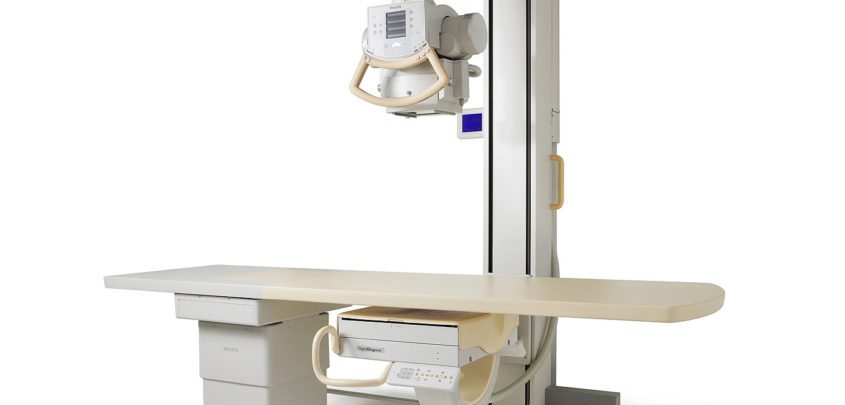X-Ray
The oldest and most frequently used form of medical imaging, X-rays involve exposing a body part to a small dose of radiation to produce an image of an internal structure.
The most common use of X-rays is to identify and treat bone fractures but it can also be used to diagnose and monitor the progression of degenerative diseases such as arthritis. They play an important role in the detection and diagnosis of cancer as well even though MRI are usually better at defining the extent and nature of suspected cancer. Contrast Studies involve a series of X-rays being taken after contrast material has been introduced into the area being studied to provide added image detail.
What happens during the Exam
It’s a quick and easy procedure. The technologist will position you on the examination table and place a digital plate under the table in the area of the body to be imaged. Then the technologist will step behind a radiation barrier and ask you to hold very still without breathing for a few seconds. The radiographic equipment will be activated, sending a beam of radiation through your body to the digital plate. The digital plate then sends the information collected to a computer for processing, viewing and digital storage.
-
by
Jeremy House -
COMPLETED
19 Feb 2017



